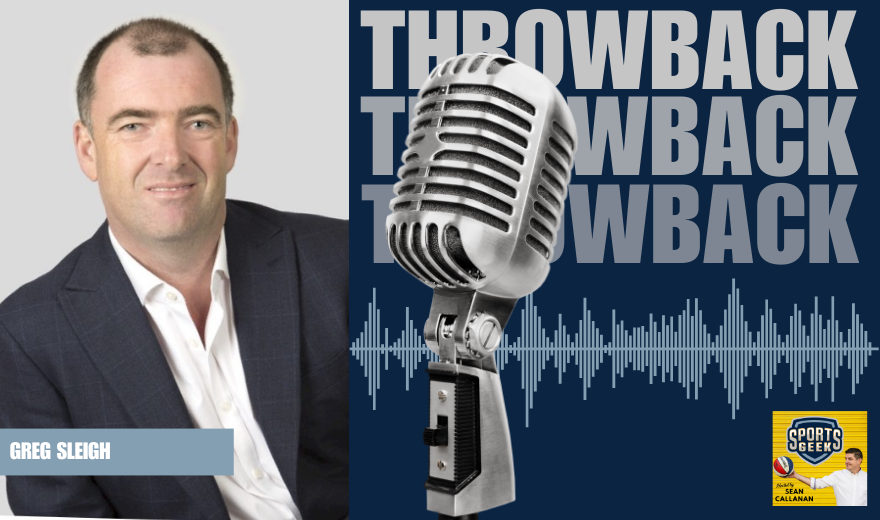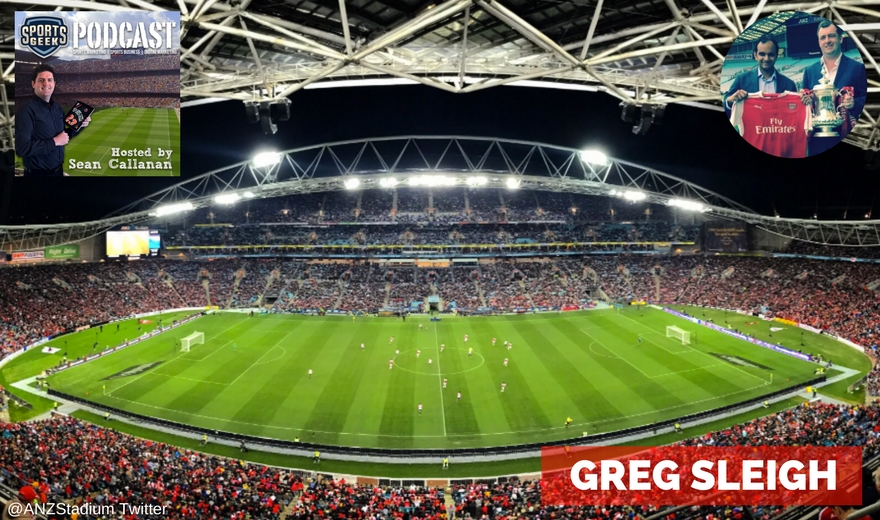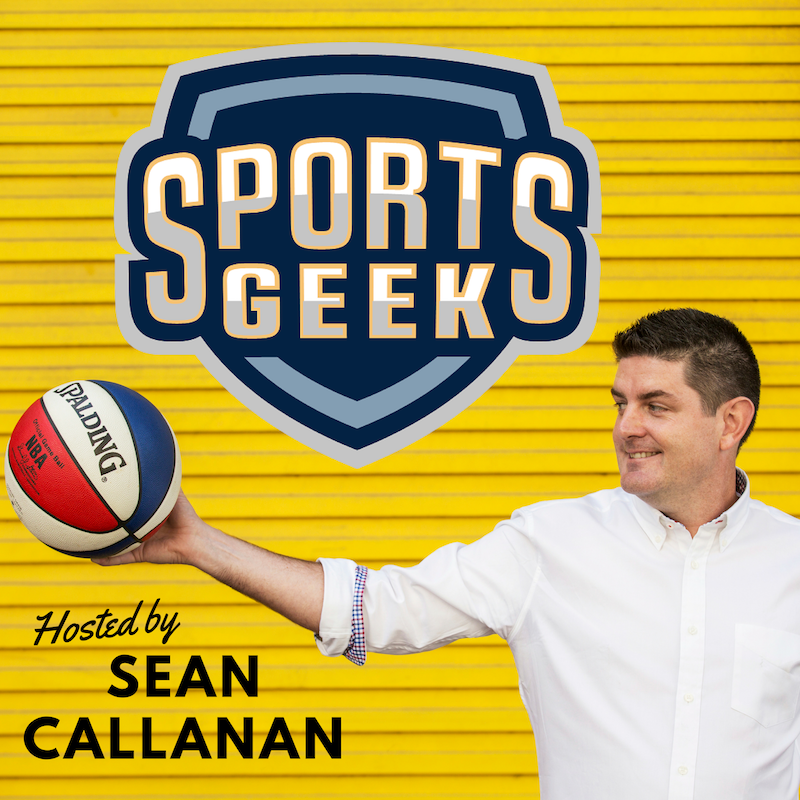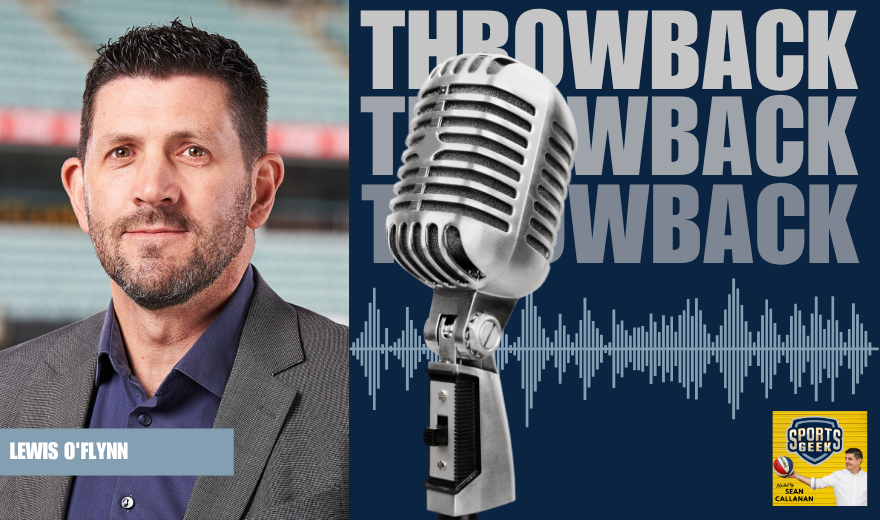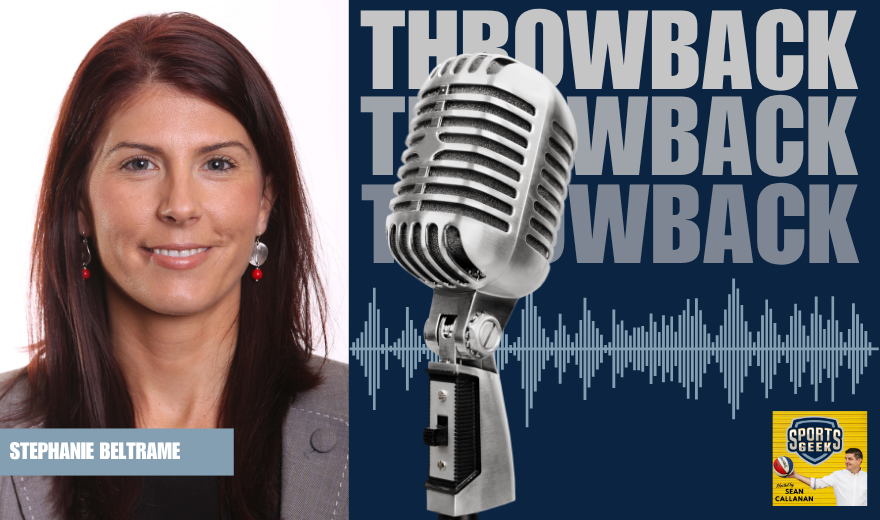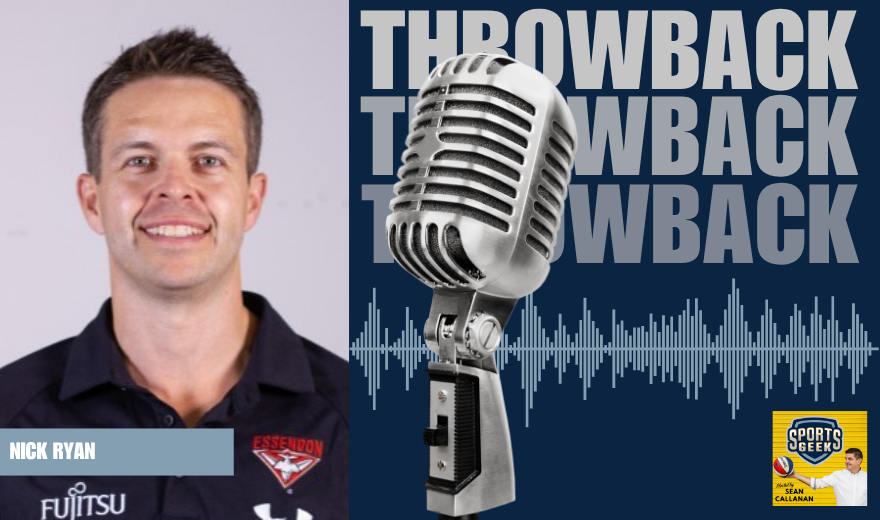This transcript has been lightly edited by AI
Sean : So you do him at connecting the stadiums and the technology or any kind activity. Again, you know, 2000 it was read to this and me when I first told you guys around social and what we could do and it was it was common around Strier from a you get too many people and networks start stop bursting at the seams those kind of things. How has the technological solutions of the connectivity in stadiums developed in your time?
Greg Sleigh: Yeah, we're fortunate here we started our journey with Telstra about five years ago on the wifi scenario and we were fortunate enough to put in the Telstra technology in 2012. It's the world of difference to us because people can actually engage in real time here and not only are they doing it on the wifi networks. If they felt that way inclined but it's also the people who are less inclined to be on the phone at work to actually play on 3G 4G. We're finding that we do have a truly connected stadium. Different people have different needs through that process and they're able to do it in whatever manner. I feel more comfortable and I think that's been a massive challenge for us over the course of the last two years as that found network has found it’s happy place and each of our hirers uses it entirely differently. On a night like Arsenal, we were able to use some social activities for the screens and actually engage a little bit more because slightly bigger budget, slightly bigger event presentation and a one-off event without any sanction commitments so we could have a little bit more fun through those platforms.
Greg Sleigh: It's absolutely a part of the advance experience here in Sydney and all about hirers are starting to really engage and know that they're learning every day on how I might do it a little bit differently.
Sean: And it is very much the way of how the hirers have the clubs that the promoters want to use it because it is different for different venues. You might have a concert you know or went to Jerry Seinfeld up last night and “he's like no phones no cameras no nothing”. You're even seeing some technology going the other way with a dampening mobile phone technology or putting them into bags. But it's now fans are getting to use how they want it.
Sean : All the networks are allowed to breathe a little bit, but everyone wants to take that “Hey I’m at the game” or that’s a great try or I’m watching Arsenal for the first time and they were able to share it whereas you know they couldn't. And now it's available. How do you manage the there's so much take now that's being thrown into the stadium spice of going to have these. We're going to have these. How do you stop balancing? How much is too much and how much is it improving the fan experience or is it a slight incremental and is that slight incremental really important?
Greg Sleigh: I think three years ago there are different players in the space unfortunately and the stadiums probably provide a platform for other people to be clever and maybe for three or four years ago there was a little bit of an arm wrestle between the codes and the hirers and the broadcasters and the stadiums who all knew that there was an aspiration to do something in this space. But there is a tendency to fall on yourselves unless you can actually find space between all these different groups. So I think as a stadium have taken a step back. We know that we've got a very important role to provide a platform. It's then incumbent upon our harbors who are all come from different kinds to work out what that digital experience needs to look like. We've got a role to supply healing. We had a ticketing operation we wanted food and beverage operation we need to be able to add value to that process for hirers. But I think we've got to the point where where we know that it's not our job. The person who owns the space is the hirer they need to do that with a broadcaster and with a code, do on that digital of an experience that we need to supplement it as and when appropriate.
Sean: And I think the whole the WIFI as a utility of this stadium again you know if you go back a bit further it was like “When is the wifi coming in? Who pays for it?” That's the platform. You know wifi is seen as a utility the same as bathrooms and food and transport as long as that's sorted. You know that what you were just saying there but the platform the things that could be added onto it whether it's you know have it how they wrap works and are and how it connects in those kind of things. That's something that you've got the platform that the technology can see on top of that. It can be you know you can innovate on top of that.
Greg Sleigh: I think our role is to be the enabler rather than to set the scene as far as what that looks like because again in dealing with 70 different cards at so many different points of the digital journey it's pointless us having a policy that takes them down a direction because they've all got their own objectives and they're all entirely differently sophisticated as far as how they are being implemented.


